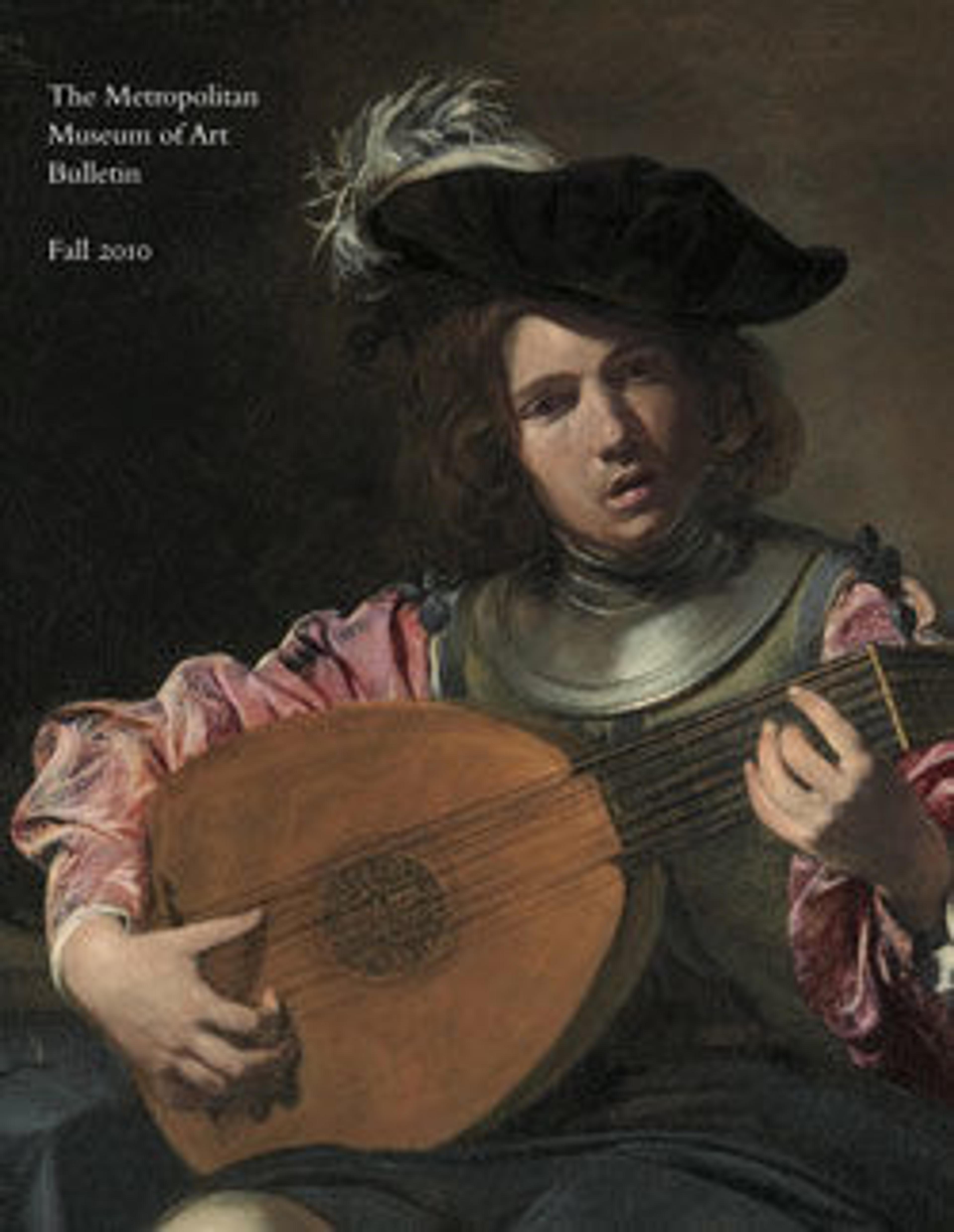Colburn's Butte, South Utah
The journey that resulted in the first painting of the Grand Canyon also yielded this watercolor by the same artist, Thomas Moran. In late July 1873, Moran was en route from Salt Lake City to the north rim of the Grand Canyon to join the expedition of John Wesley Powell. Near Kanarraville, Utah, he recorded in his sketchbook two Navajo sandstone pinnacles that offered a preview of the magnificent Zion Canyon to the south, which he visited days later. With Moran was Justin Colburn, a correspondent for the New York Times, to whom he eventually gave the watercolor he made from the sketch and whose name he gave to its principal feature.
Colburn's Butte, today called Tucupit Point, is in the Kolob Canyon section of Zion National Park. In Moran's watercolor, it is distinguished by the white cloud swirling down to silhouette its peak. The spontaneous-looking passage sets off a zigzag pattern of hill and grass that continues to the bottom of the sheet. Such celestial-terrestrial dynamics were a hallmark of the work of the English-born Moran, an admirer of the turbulent landscapes of J. M. W. Turner. From the watercolor Moran designed an engraving that was published in the art magazine The Aldine in 1874.
Colburn's Butte, today called Tucupit Point, is in the Kolob Canyon section of Zion National Park. In Moran's watercolor, it is distinguished by the white cloud swirling down to silhouette its peak. The spontaneous-looking passage sets off a zigzag pattern of hill and grass that continues to the bottom of the sheet. Such celestial-terrestrial dynamics were a hallmark of the work of the English-born Moran, an admirer of the turbulent landscapes of J. M. W. Turner. From the watercolor Moran designed an engraving that was published in the art magazine The Aldine in 1874.
Artwork Details
- Title:Colburn's Butte, South Utah
- Artist:Thomas Moran (American (born England), Bolton, Lancashire 1837–1926 Santa Barbara, California)
- Date:1873
- Geography:Made in United States
- Culture:American
- Medium:Watercolor, gouache and graphite on off-white wove paper
- Dimensions:Sheet: 13 7/8 x 9 7/16 in. (35.2 x 24 cm)
Framed: 26 1/2 x 22 1/16 x 3 1/2 in. (67.3 x 56 x 8.9 cm) - Credit Line:Gift of David and Laura Grey, in honor of Kevin J. Avery, 2009
- Object Number:2009.547
- Curatorial Department: The American Wing
More Artwork
Research Resources
The Met provides unparalleled resources for research and welcomes an international community of students and scholars. The Met's Open Access API is where creators and researchers can connect to the The Met collection. Open Access data and public domain images are available for unrestricted commercial and noncommercial use without permission or fee.
To request images under copyright and other restrictions, please use this Image Request form.
Feedback
We continue to research and examine historical and cultural context for objects in The Met collection. If you have comments or questions about this object record, please contact us using the form below. The Museum looks forward to receiving your comments.
